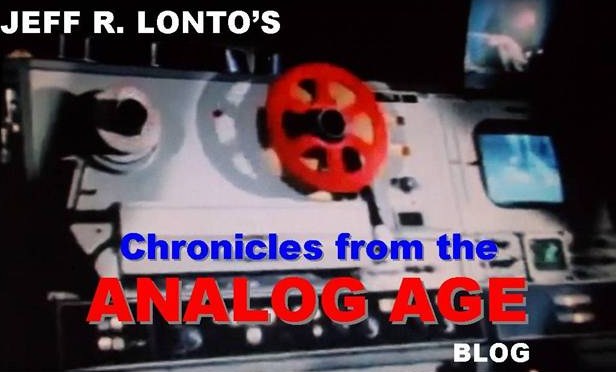Sears, Roebuck & Company was founded in Chicago as a mail-order retailer in 1892, offering merchandise at reasonable prices to a mostly rural nation. In the beginning they sold watches and jewelry but soon they were offering through their catalogs sent out across the United States almost everything one could possibly want, including groceries, at a time when much of the population was far from the nearest town let alone big city, and transportation was still mostly by horse.
The Sears, Roebuck catalog was a big part of American life going into the 20th Century and beyond, and became a big part of the American folklore. The early editions have been reprinted as books, with their whimsical descriptions of the merchandise offered and other interesting tidbits that were included in the pages of the old catalogs.
Here's a quaint short story found in the 1915 Sears, Roebuck grocery catalog, in the coffee section. It conjures up a time when one traveling between towns in rural America on a snowy winter day might actually be able to stop at a farmhouse somewhere along the way and be offered a cup of coffee by the farmer's wife, both having no worries about something going terribly wrong.
How a Good Cup of Coffee Won Us a Customer
A SALESMAN who was traveling through the country between two small towns stopped at a farmhouse and asked the good housewife to make him a cup of coffee. A few moments later he was entering the house where the pleasant cheer of the warm and comfortable dining room was indeed a delightful contrast to the cold, blustering snowstorm of that December day. To the salesman the room was made even more inviting by the pervading aroma of coffee, a beverage which he loved. A look of delight and surprise played over his face as he drank the steaming hot coffee, between raids on a large sugary cinnamon roll, and accepted the housewife's invitation for another cup.
"Pardon me, madam, but that's the finest cup of coffee I've tasted since I came West. It has that particular coffee flavor I like. Would you tell me, please, what brand of coffee you use? Or maybe it's the way you make it," he added. "Oh, it must be the coffee," the woman responded, "for I don't go to any 'extras' in making it, except that I'm particular about not letting it boil, and I never use over old grounds. It's the kind of coffee, I'm sure, that makes you like it so much. This is Montclair Brand, which we get from Sears, Roebuck and Co., of Chicago, where we order all our groceries. Just write a card, asking them for their Grocery Catalog, and they'll send it very promptly."
"Oh, that's fine," the salesman replied; "then I, too, can get it very easily. But tell me, will your second order have the same flavor as your first? So many brands of coffee on the market do not remain uniform from month to month or year to year. That's been my greatest trouble after I found a coffee I liked."
"Oh, yes, indeed, a brand of coffee remains uniform when you get it of Sears, Roebuck and Co.," the housewife said quickly. "They make pretty strong claims on that point, and we've been able to prove them out. We've used Montclair Brand for about a year now, and have never noticed any change all the while."
"Well, you've won a customer for that firm, and I shall count this a good day's work. Thank you so much," the salesman finished.



.jpg)